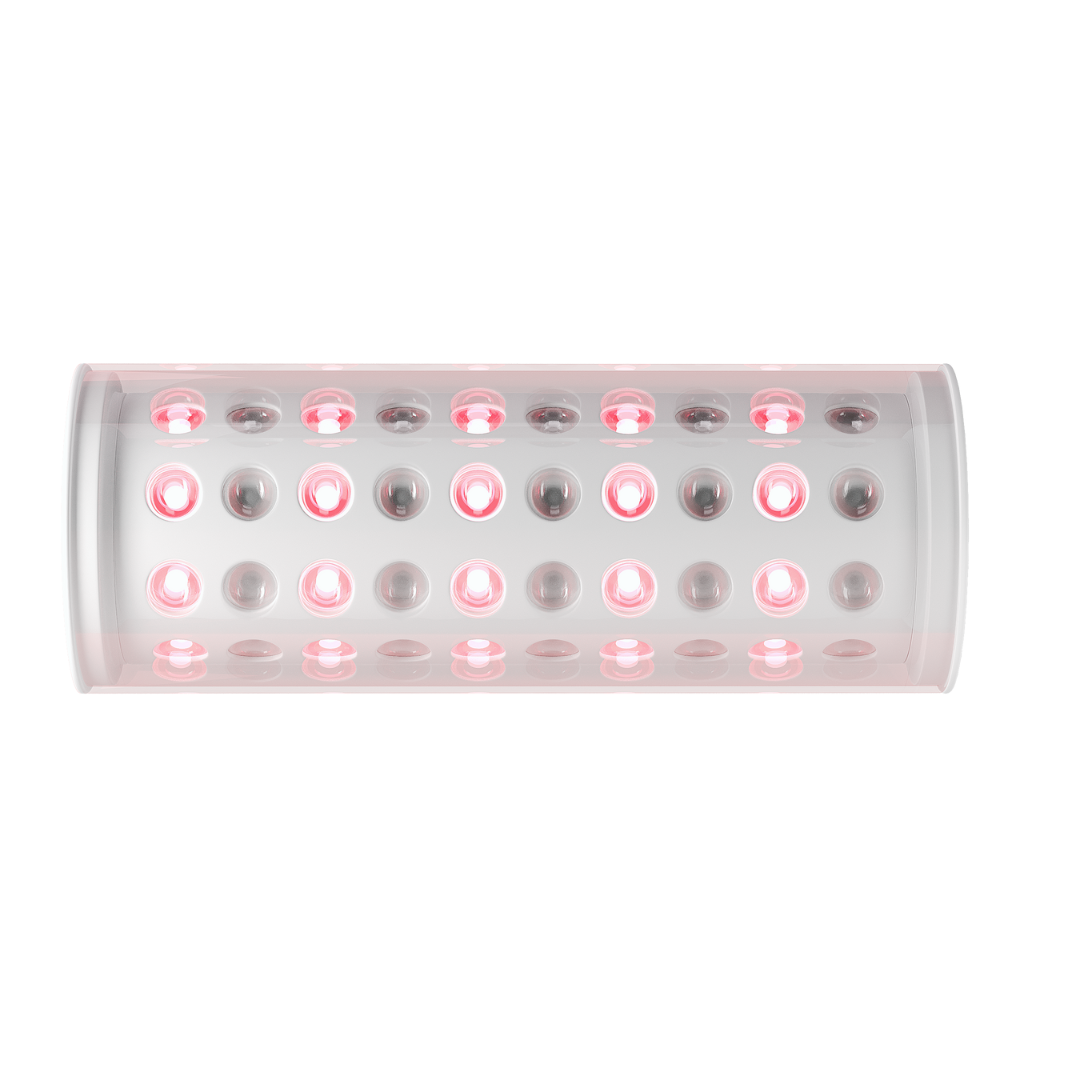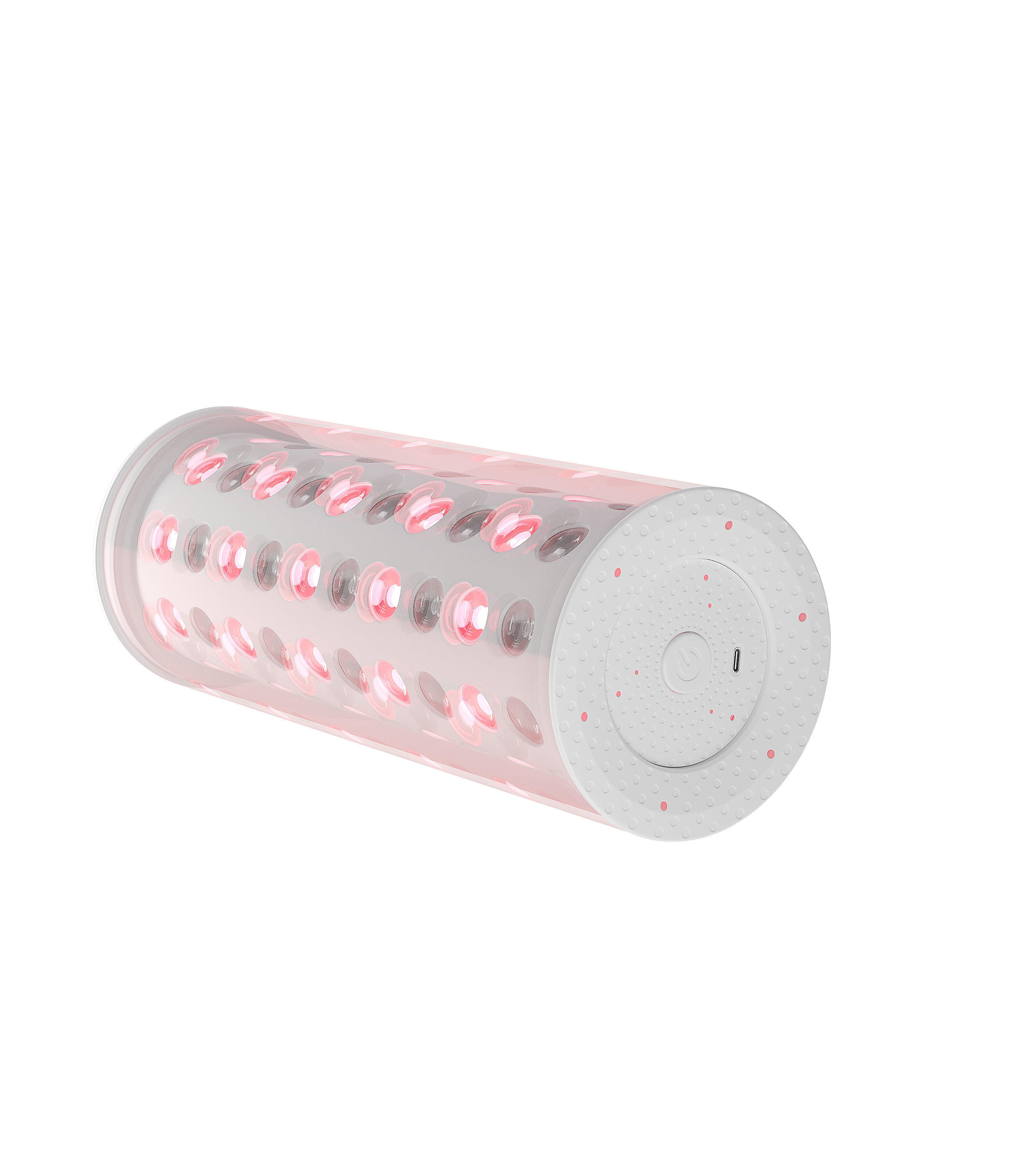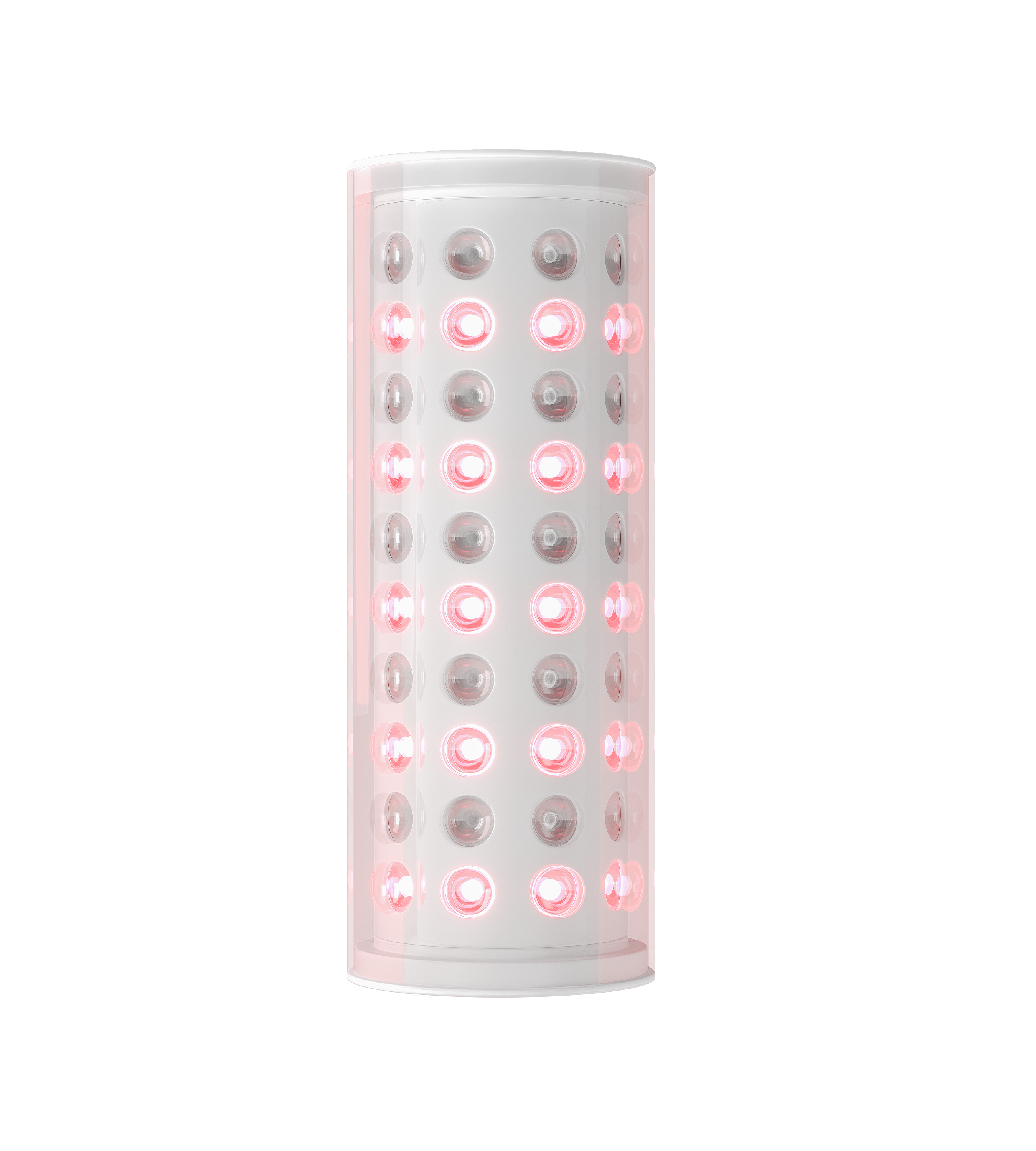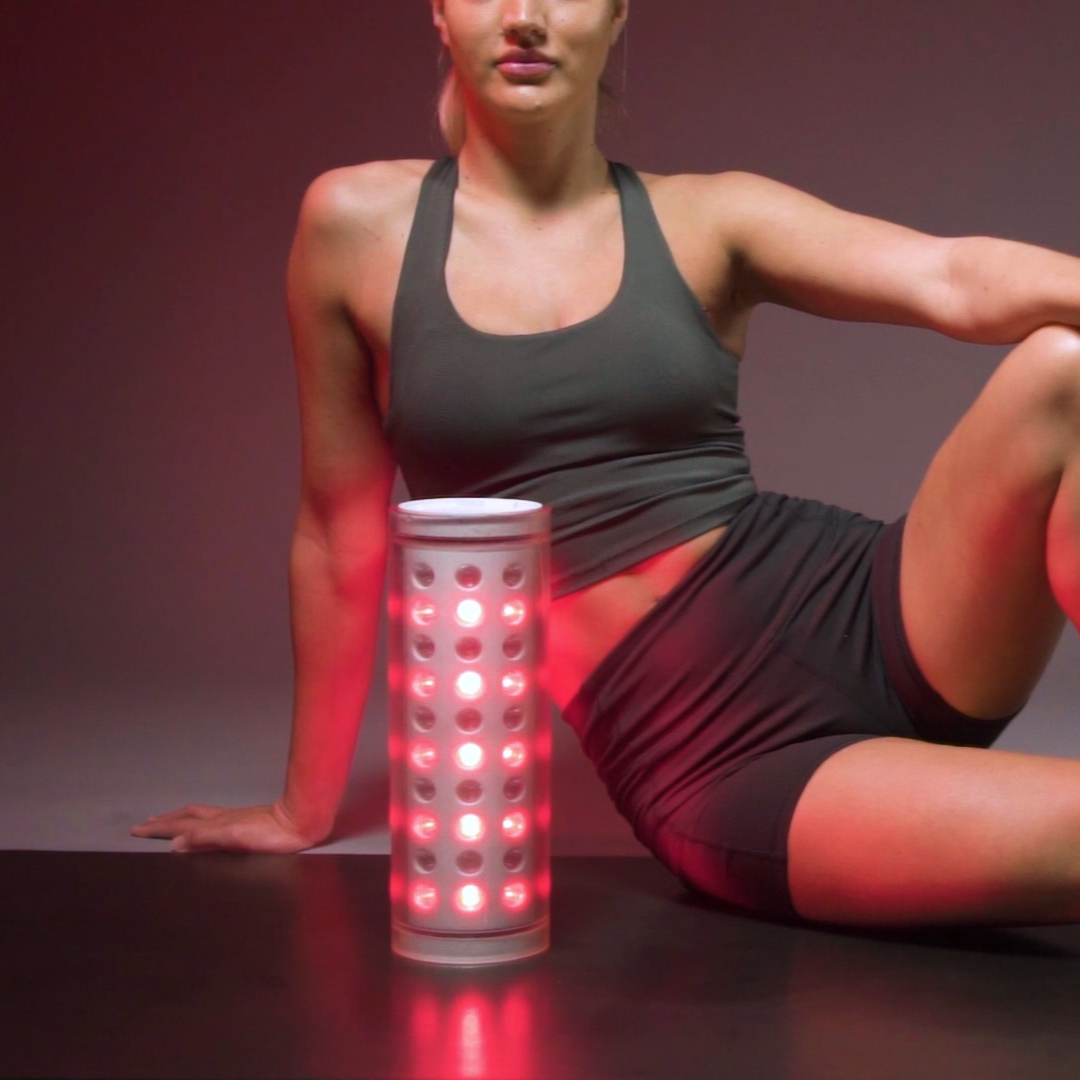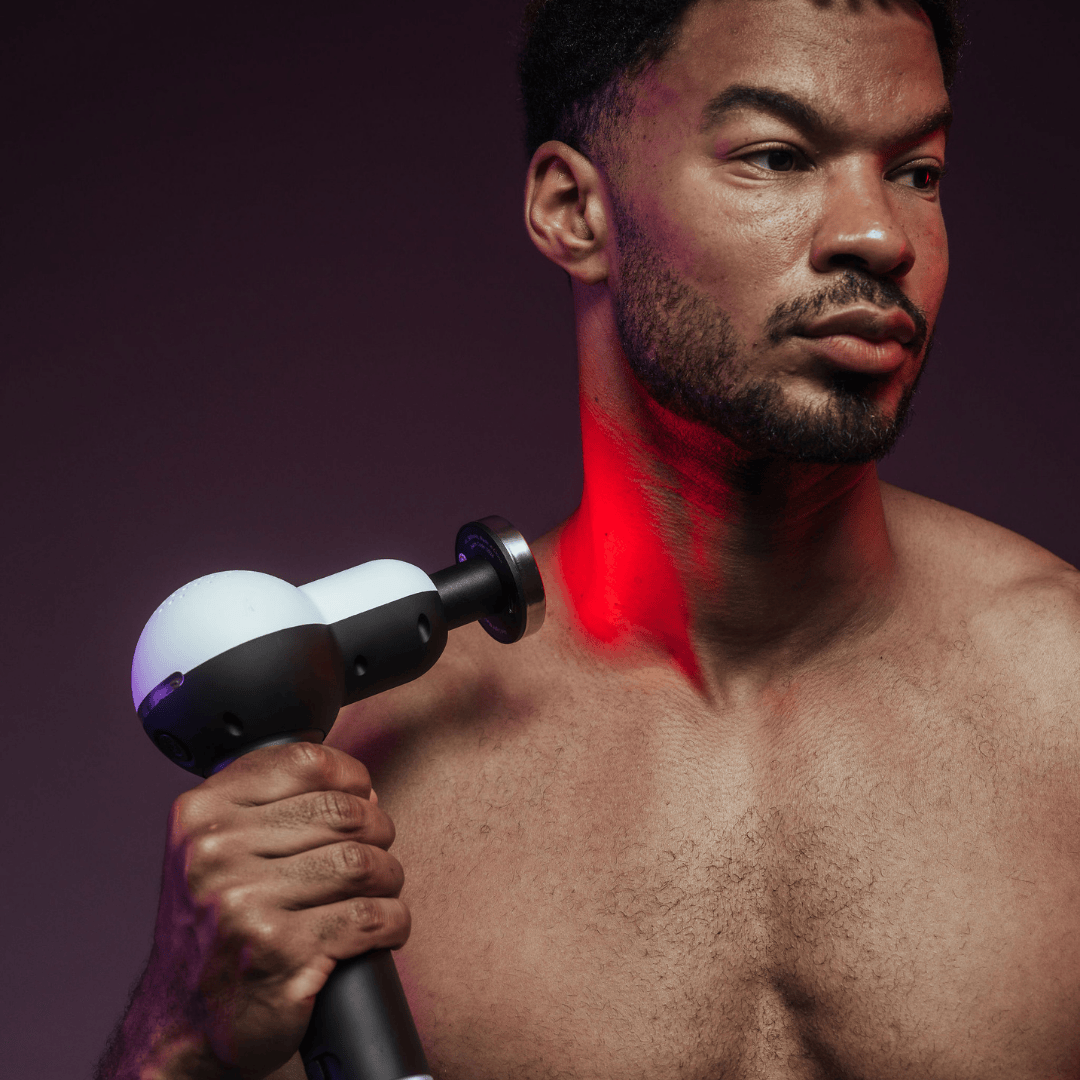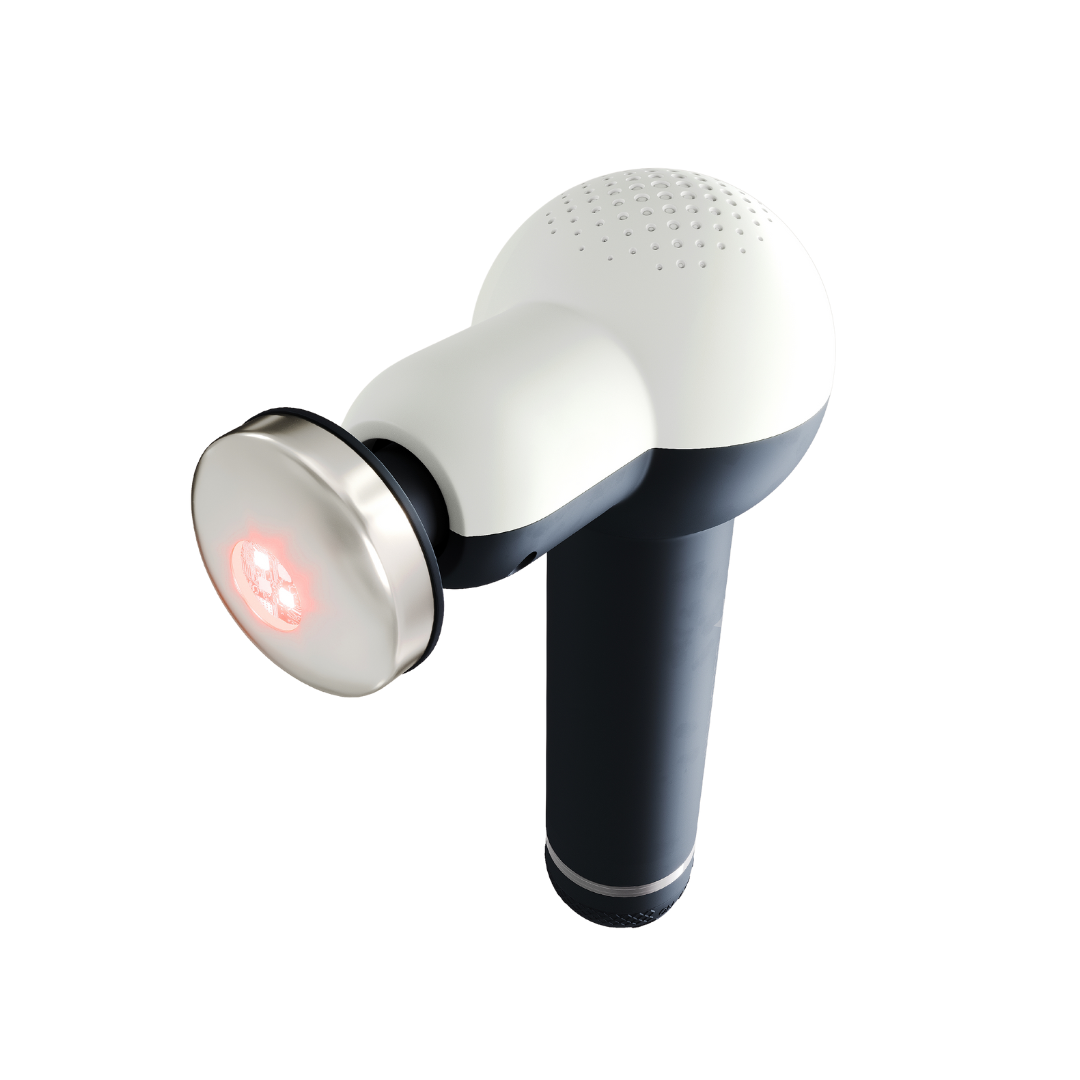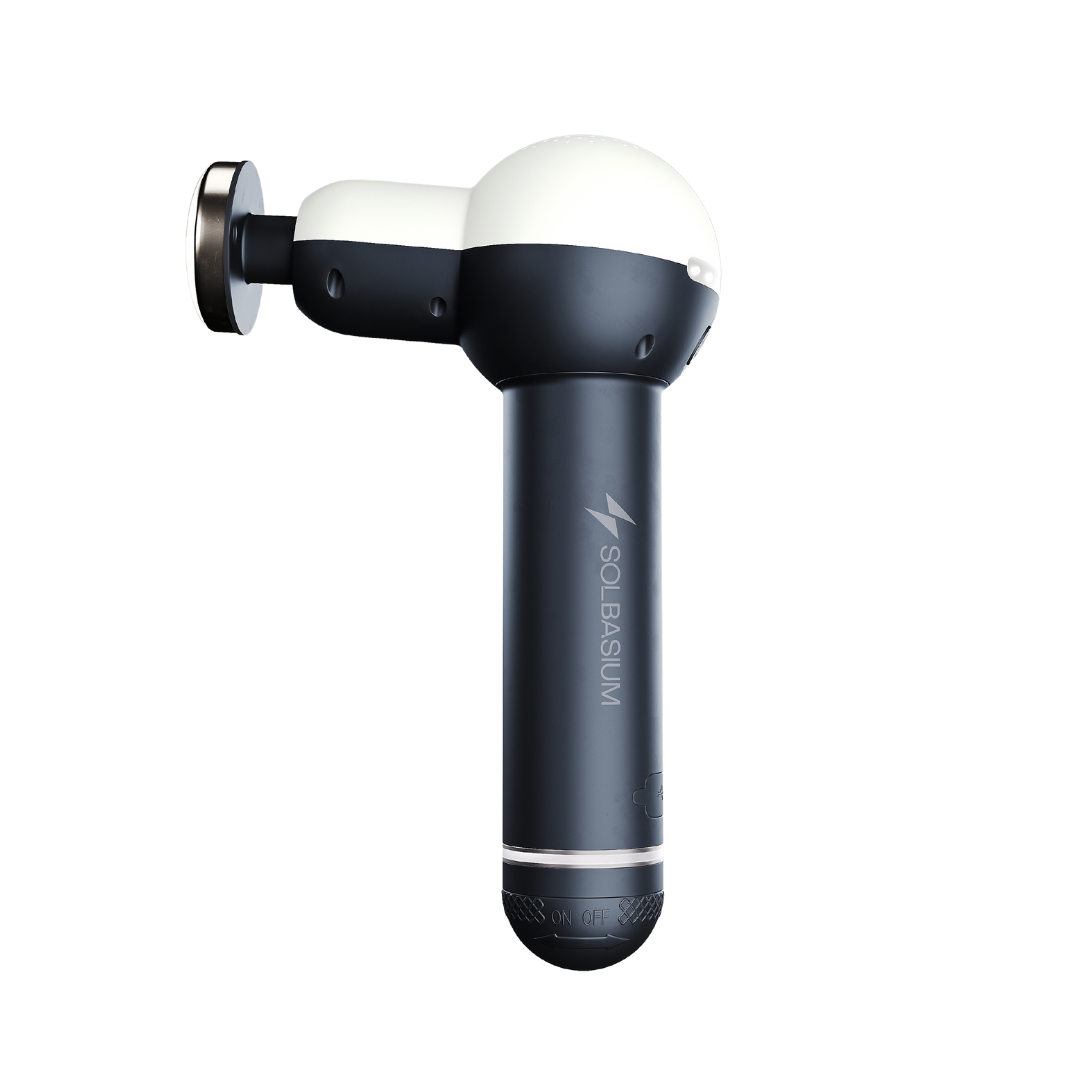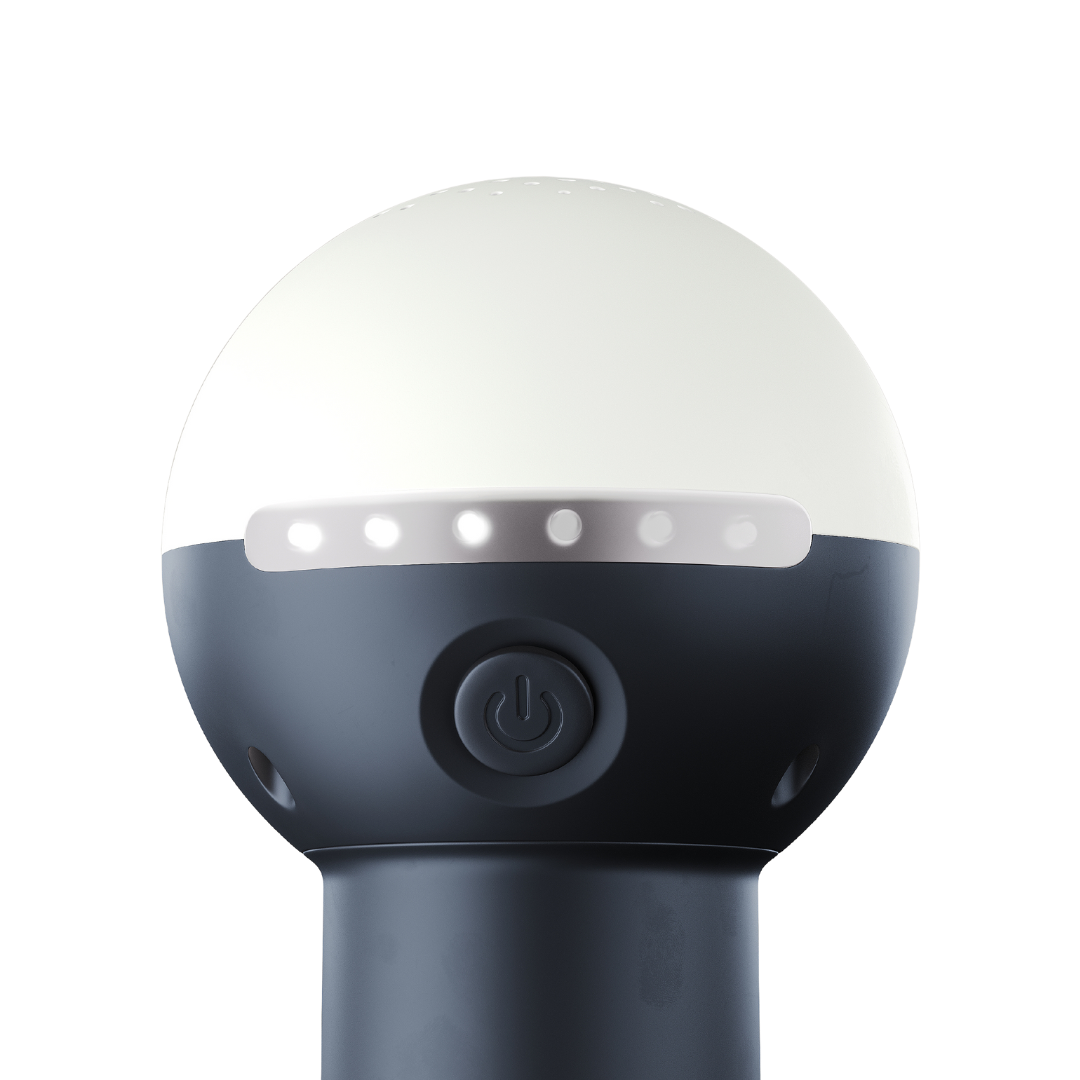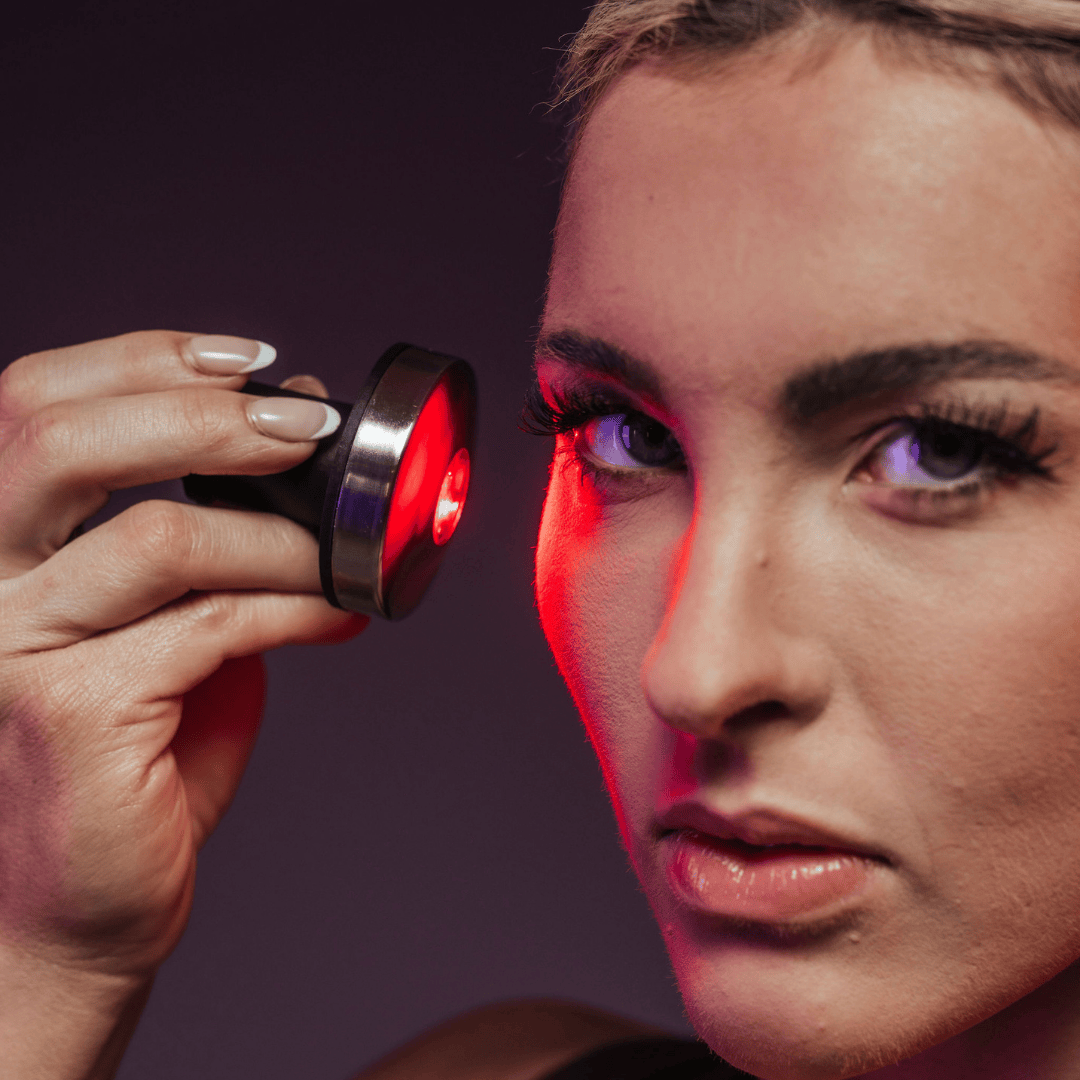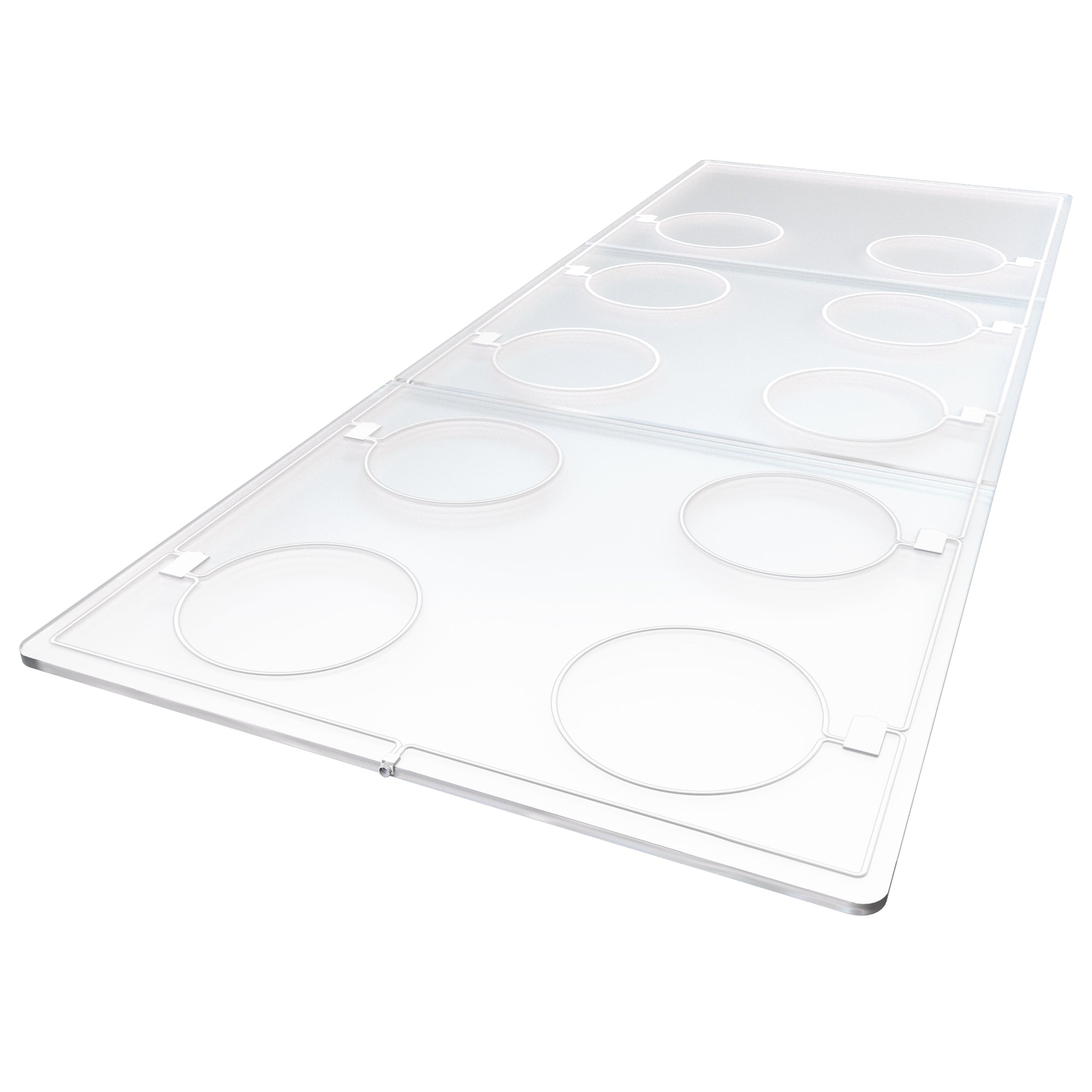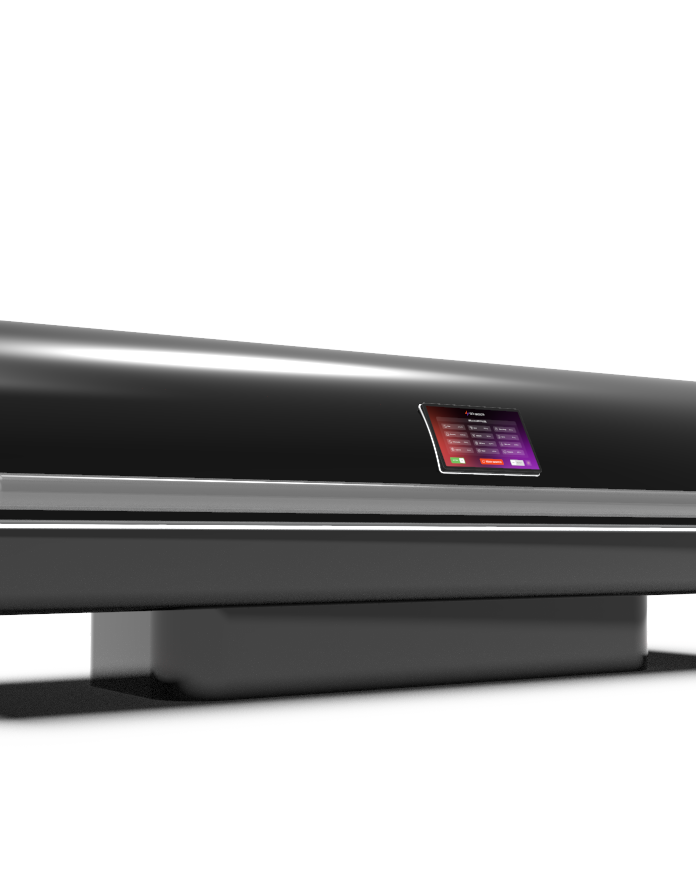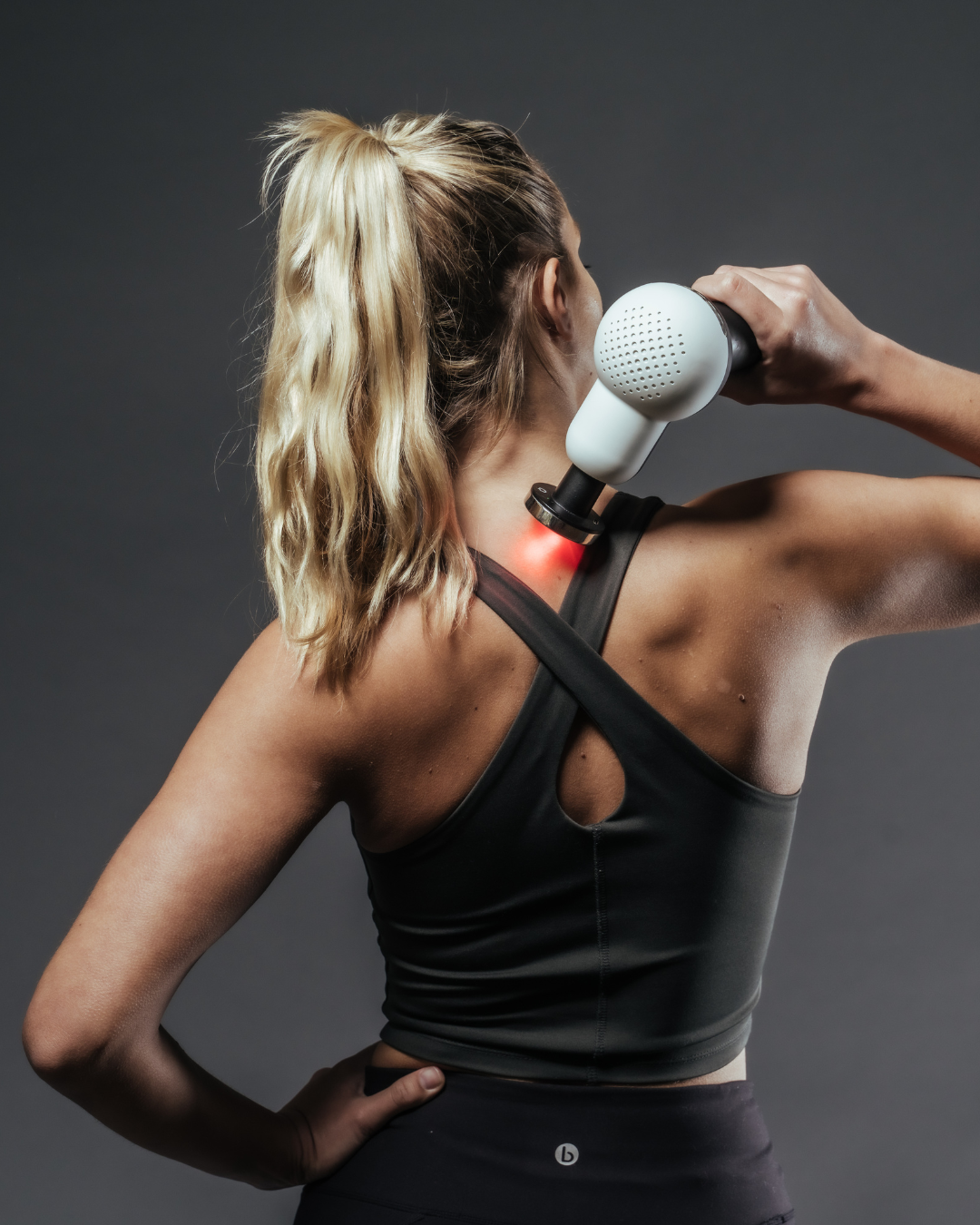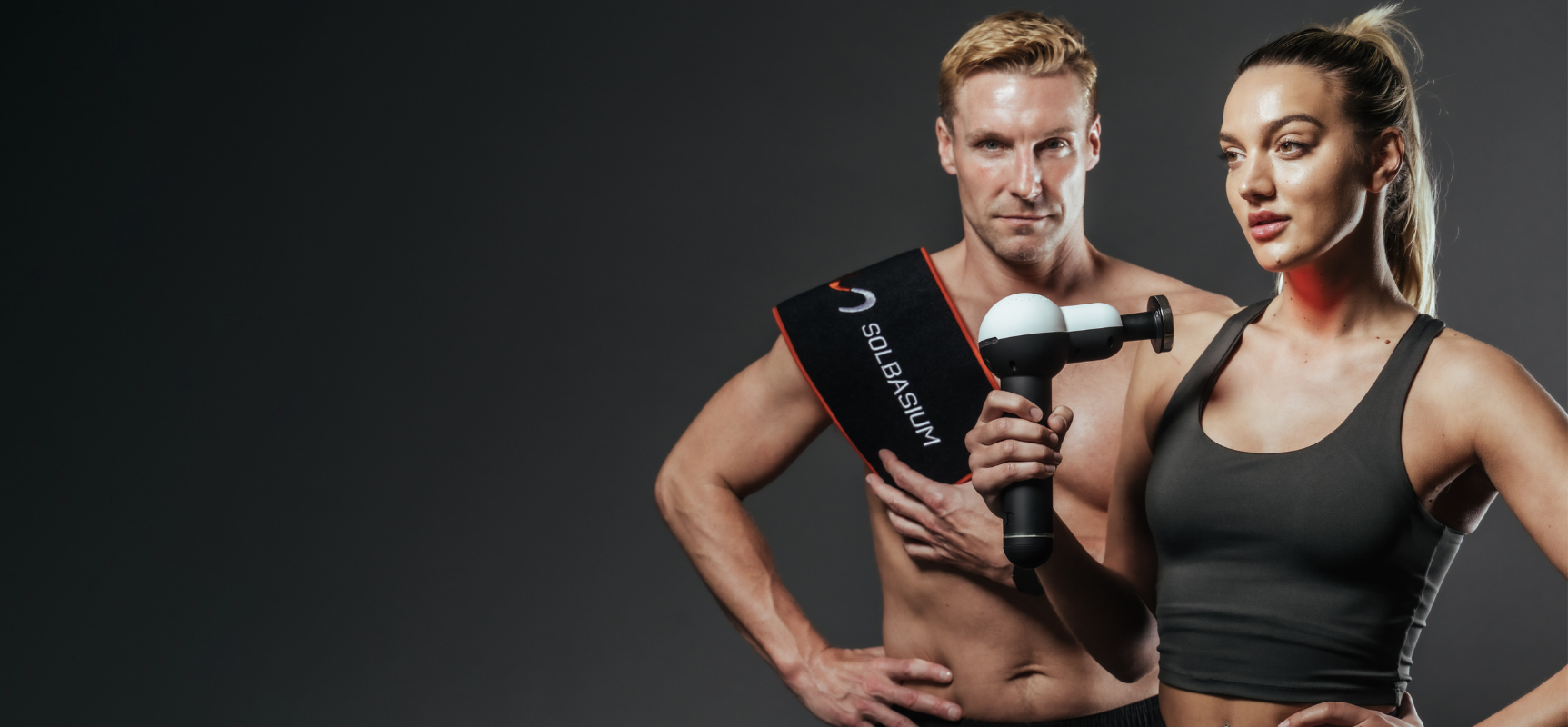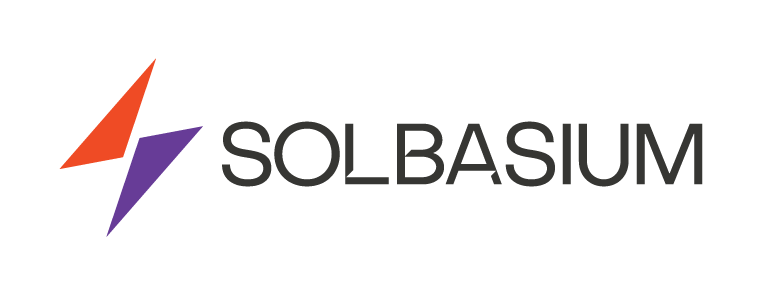From high-calibre athletes to weekend warriors, muscle recovery is a serious consideration. Muscle tissue is to your body what the transmission is to your car. It’s what allows you to move and do things. From simple tasks like walking across the room to Olympic-level athletic performances, muscles lie at the heart of it all. However, physical performance can be hampered by soreness and pain.
The good news is that mounting evidence shows that light therapy can have a powerful effect on muscle recovery. It may also be able to help your muscles grow larger and stronger in less time. Below, we’ll explore what light therapy is, how it affects your muscles, and why you might need to incorporate this treatment into your daily routine.
The Underlying Cause of Muscle Pain and Soreness
When you work out, you overtax your muscles, creating tiny tears in the tissue. Your body’s natural response to damage is to create inflammation, which causes pain and discomfort. That’s why longer, more intense workouts leave you feeling sore and tired. In many cases, particularly for those just getting started in physical fitness, or those ramping up their workouts ahead of an event, that pain can be so great that you’re sidelined and unable to continue until it fades.
That’s never a good thing – your physical condition will deteriorate, your stamina decreases, and you end up taking two steps back for every step forward. Light therapy shows a lot of promise in stopping that pain in its tracks. What’s more, it may be possible to prevent muscle soreness and pain from workout-related stress in the first place.

How Does Muscle Tissue Function?
In order to really understand how light therapy can benefit muscle recovery and growth, we first need to discuss how muscle tissue functions in the first place. It’s similar to how other cells in the body work, but there are some key differences due to the type of tissue and the demands you put on your muscles every day.
First, muscles must be able to produce energy to sustain both high-intensity, short-lived activity, and prolonged, lower-intensity activity. For instance, they need fuel for short sprints, but also need to function just as well when running a marathon. Both are types of running, but they affect the body in dramatically different ways.
Because of their intense need for energy, muscle cells have more mitochondria than most other types of cells in the body. Mitochondria are the powerhouses of the cell, providing fuel through ATP for all cellular functions. This is true for all muscle tissue within the body. We’re not just talking about the long muscles of the arms and legs. It also applies to skeletal muscle, smooth muscle around internal organs, and even your heart.
Light therapy has a profound effect on the mitochondria within your body’s cells, which makes it even more potent when it comes to treating muscle tissue.
How Does Light Therapy Affect Muscle Tissue?
According to one study,
“There are several mechanisms of action that have been proposed to account for the effects of phototherapy on cells. All of these mechanisms are based on the light absorption by chromophores in the cells, especially by Cox inside the mitochondria, triggering improvements in muscle recovery and performance.
The absorption of light by Cox promotes modulations in cell metabolism, altering the energetic state of the cells via increased mitochondrial membrane potential and increased synthesis of ATP and cycle adenosine monophosphate, which in turn possibly modulate the synthesis rate of DNA and RNA via mitochondrial retrograde signalling.”
Or, in plain English, red and infrared light therapy excite the mitochondria within cells. This allows them to create more energy and improve cellular function and efficiency.
Diving into Improved Muscle Performance and Pain Reduction
Because infrared and red light therapy increases function, muscle cells are able to do more than just improve energy and efficiency. They also heal faster and reduce inflammation, which helps to reduce or eliminate pain and improve range of motion. Red and infrared light have been shown to amplify the body’s ability to create antioxidants, which are essential in combating oxidative stress, which is closely associated with muscle fatigue. You’ll also find that antioxidants play another important role – they prevent cells from early death related to stress.
Red and infrared light therapy have also been shown to improve blood circulation. Any athlete knows that improved circulation ensures better oxygenation for muscle cells, improved access to vital nutrients and minerals, and reduced build-up of toxic materials like lactic acid that can damage muscle performance.
The Role of Light Therapy in Preventing Muscle Soreness
So far, we’ve addressed the ways that light therapy can help to combat muscle soreness and improve performance. However, it can also help prevent pain and discomfort in the first place. A double-blind trial conducted in 2014 found that participants who participated in physical activity and who also received light therapy, were able to achieve important benefits that participants who did not receive light therapy did not achieve. These included:
- Reduced delayed onset muscle soreness
- Better range of motion
- Less stiffness in muscles
Another similar trial conducted the same year discovered that participants who underwent light therapy prior to engaging in strenuous physical activity were able to increase performance, decrease pain afterwards, and even prevent musculoskeletal damage from occurring.
What Can You Expect with Light Therapy?
With light therapy prior to working out, you can expect to achieve a number of important outcomes. These include:
- Less soreness and stiffness
- Improved flexibility and range of motion
- Less damage to muscle and bone
- Long-lasting benefits up to four days after physical exertion
- Less damage to knees, tendons, and leg muscles from running
- Less soreness for postmenopausal women
- Reduced cellular damage from inflammation
- Lower creatine kinase levels
- Decreased blood lactate
- Decreased C-reactive protein levels
Is Light Therapy Right for Me?
You may be wondering if light therapy is applicable for those who aren’t professional athletes. Actually, it has been shown to be effective for anyone engaging in physical activity that might result in stiffness and soreness. It can be used just as easily by weekend warriors as by Olympic athletes, and by someone going for an evening jog just as easily as by professional athletes.
In addition, light therapy may actually be more beneficial for everyday users than it is for professional athletes, because it is more likely that those just starting out will be sidelined by pain and soreness after overdoing it in a workout. Because light therapy can reduce or eliminate that pain, it’s less likely that you will need to sit out several days to recover, allowing you to burn more calories and improve your physical performance more quickly.
How Should You Use Light Therapy in Your Routine?
While you can engage in light therapy as you see fit, the best option is to participate in daily sessions. A daily 10 minute session on one of the Solbasium devices prior to a workout could be the key to improving your abilities, building muscle, and avoiding unwanted downtime that could rob you of gains that you have made. Experience the benefits of light therapy in your own life.

